Essential Guide to Choosing the Right Lawn Tractor Battery for Optimal Performance
Choosing the right lawn tractor battery is crucial for ensuring optimal performance and longevity of your equipment. According to industry reports, a significant percentage of lawn tractor issues stem from battery-related failures, which can lead to costly repairs and reduced mowing efficiency. In fact, the Equipment and Engine Training Council (EETC) states that approximately 30% of outdoor power equipment failures are attributed to inadequate battery selection and maintenance. Selecting a high-quality lawn tractor battery not only maximizes the tractor's operational capabilities but also prolongs its lifespan, helping homeowners and landscapers maintain a reliable lawn care routine.
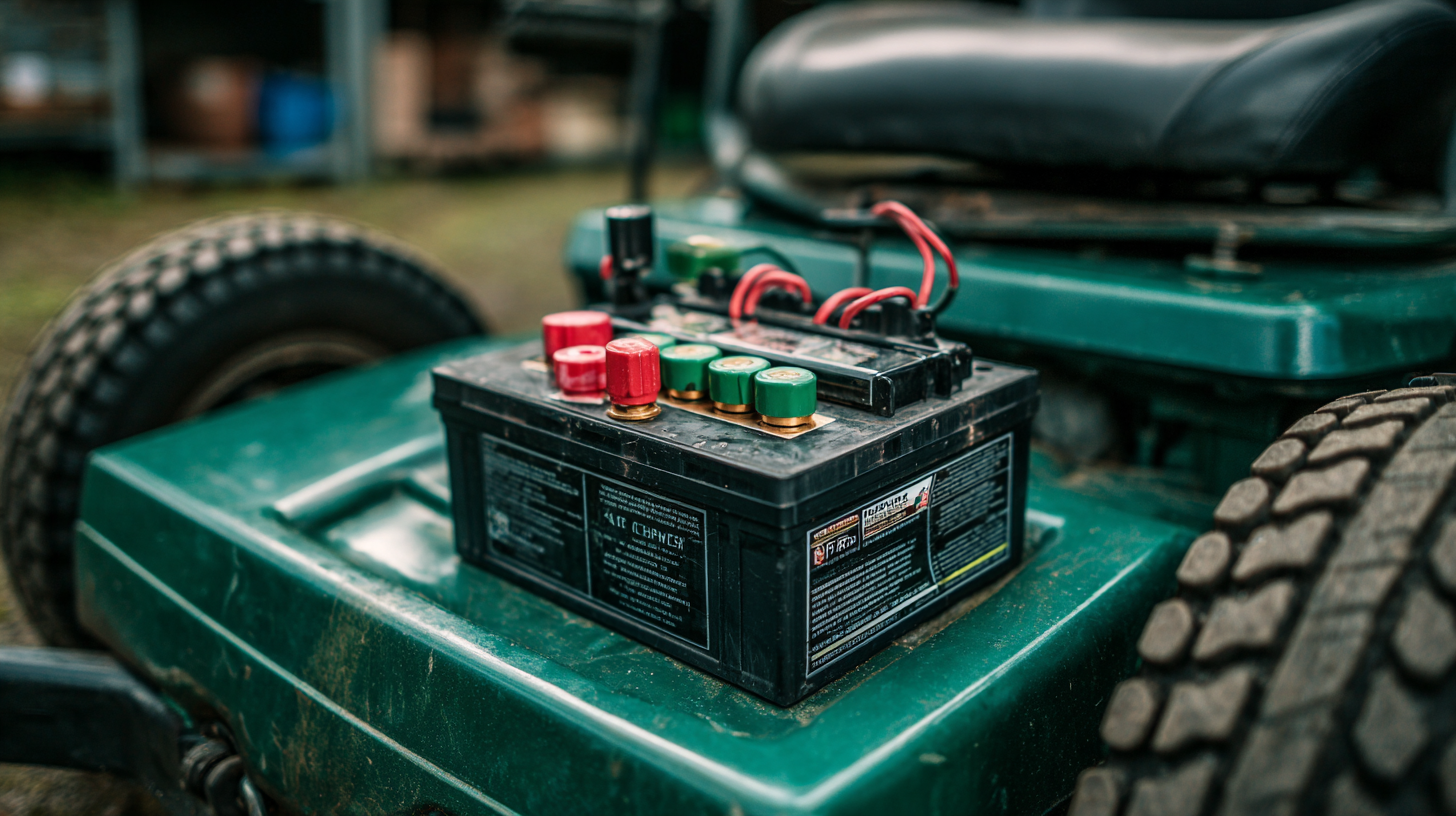
In this essential guide, we will explore key factors to consider when choosing a lawn tractor battery, ensuring you make an informed decision that meets your specific needs and enhances your mowing experience.
How to Assess Your Lawn Tractor's Power Requirements Before Choosing a Battery
When selecting the right battery for your lawn tractor, understanding its power requirements is crucial for ensuring optimal performance. First, consider the tractor's engine size, which significantly influences the battery specifications needed. According to the Specialty Equipment Market Association (SEMA), most lawn tractors have engines ranging from 15 to 25 horsepower, requiring batteries with a Cold Cranking Amps (CCA) rating of at least 200 to 350. This rating is essential as it determines the battery's ability to start the engine in cold conditions, a common scenario that can affect performance.
Next, assess the tractor's electrical components. Many modern lawn tractors come equipped with various accessories like headlights and powered attachments that draw additional power. A report from the Battery Council International highlights that these components can increase the overall amp-hour requirements of the battery. It's advisable to choose a battery with a higher amp-hour (Ah) rating to ensure that your tractor runs efficiently and can handle any added load without risking depletion during use. By understanding these power requirements, you can prevent battery failures during critical mowing tasks and maintain seamless operation throughout the gardening season.
How to Identify the Different Types of Lawn Tractor Batteries Available
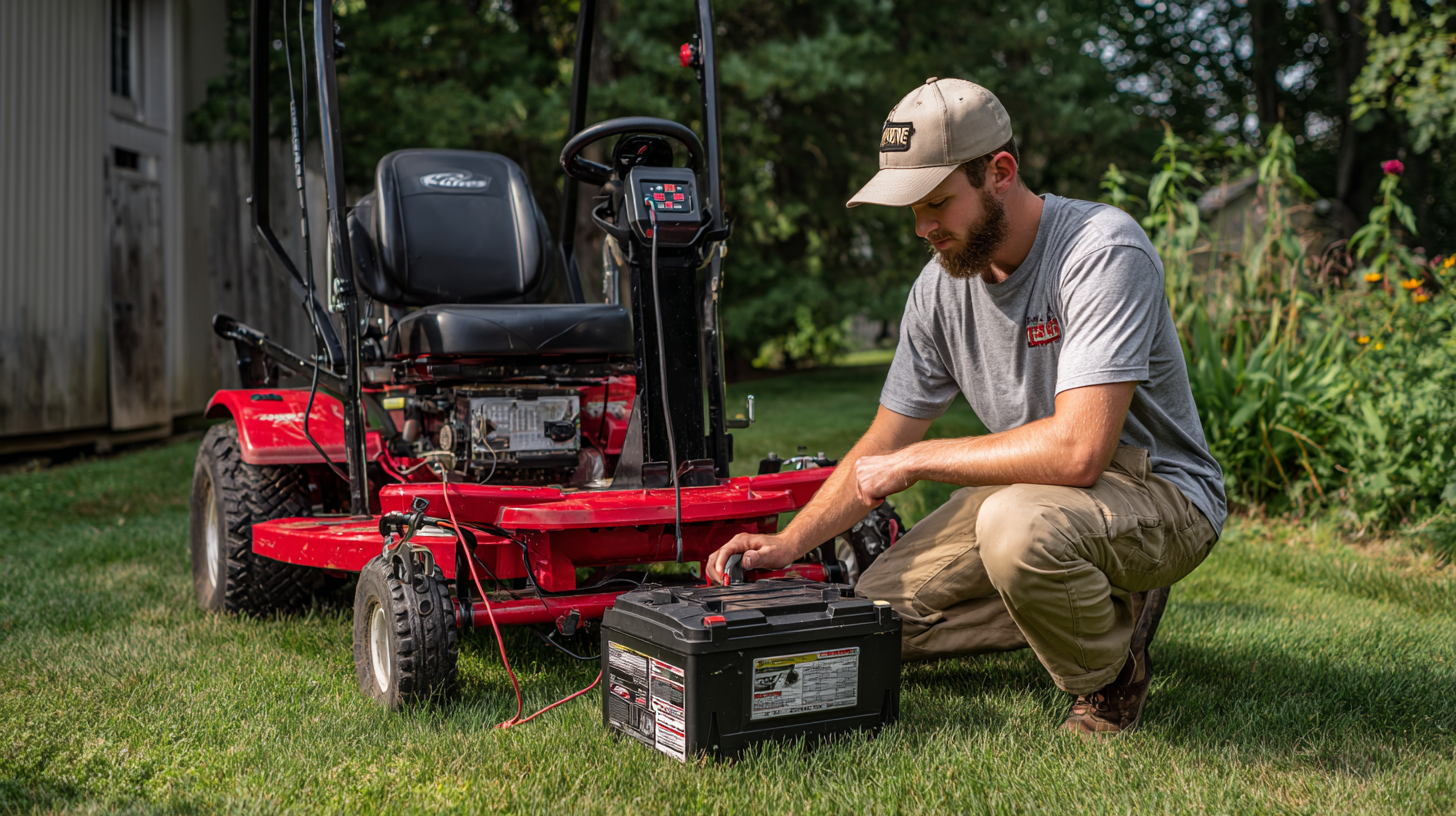 When selecting a lawn tractor battery, understanding the different types available is essential for ensuring optimal performance. The most common battery types for lawn tractors are lead-acid batteries and lithium-ion batteries. Lead-acid batteries are widely used due to their affordability and durability. They come in two varieties: flooded and sealed AGM (Absorbent Glass Mat). Flooded batteries require regular maintenance, including checking water levels, while AGM batteries are maintenance-free and provide superior vibration resistance.
When selecting a lawn tractor battery, understanding the different types available is essential for ensuring optimal performance. The most common battery types for lawn tractors are lead-acid batteries and lithium-ion batteries. Lead-acid batteries are widely used due to their affordability and durability. They come in two varieties: flooded and sealed AGM (Absorbent Glass Mat). Flooded batteries require regular maintenance, including checking water levels, while AGM batteries are maintenance-free and provide superior vibration resistance.
On the other hand, lithium-ion batteries are becoming increasingly popular due to their lightweight design and longer lifespan. These batteries offer faster charging times and can withstand a greater number of charge cycles compared to lead-acid options. However, they tend to be more expensive upfront. When choosing a battery, consider your mowing frequency and the size of your lawn. Additionally, ensure compatibility with your lawn tractor's specifications to avoid performance issues. By understanding these key differences, you can make an informed decision that aligns with your lawn care needs.
How to Evaluate Battery Size and Compatibility for Your Lawn Tractor Model
When choosing the right battery for your lawn tractor, evaluating battery size and compatibility is crucial for optimal performance. The first step is to check the manufacturer's specifications for your specific lawn tractor model. Each model typically has recommended battery dimensions and specifications, including voltage and cold cranking amps (CCA). Ignoring these guidelines can lead to poor performance or even damage to your tractor.
Next, consider the terminal layout and orientation of the battery. Many lawn tractors have specific requirements for where the battery terminals are positioned, as this can affect the ease of installation and electrical connections. Selecting a battery that fits these parameters ensures not only compatibility but also safety during operation. Additionally, be aware of the type of battery that fits your needs, whether it’s a lead-acid, AGM, or lithium-ion, as each type has its advantages and maintenance requirements. By carefully evaluating these factors, you can select a battery that enhances your lawn tractor's performance and longevity.
Essential Guide to Choosing the Right Lawn Tractor Battery for Optimal Performance
| Battery Type | Voltage | Capacity (Ah) | Size (LxWxH, in inches) | Compatibility |
|---|---|---|---|---|
| Lead Acid | 12V | 120Ah | 12 x 7 x 8 | Most Riding Lawnmowers |
| AGM | 12V | 100Ah | 12.9 x 6.8 x 8.5 | Tractors & Garden Equipment |
| Lithium-ion | 12V | 50Ah | 10 x 7.5 x 6 | High-Performance Lawnmowers |
| Starting Battery | 12V | 70Ah | 11.5 x 6.7 x 7.5 | Small Lawn Tractors |
| Deep Cycle | 12V | 130Ah | 12.5 x 8 x 10 | Commercial Lawn Equipment |
How to Check for Battery Maintenance Needs and Lifespan Considerations
When it comes to maintaining your lawn tractor battery, understanding its health and lifespan is essential for optimal performance. Most lawn tractor batteries typically last between three to five years, depending on usage and maintenance. Regularly checking your battery’s health can help you avoid unexpected failures, especially during peak mowing season. To assess your battery’s condition, look for signs of corrosion, check the fluid levels if it’s a lead-acid battery, and ensure the connections are tight.
Tips: To extend your battery's lifespan, consider storing your tractor in a garage during winter months to avoid cold weather effects, which can reduce battery performance significantly. Keeping the battery charged helps fend off sulfation, a common issue in lead-acid batteries.
Additionally, it's pivotal to maintain clean terminals and check the voltage regularly. A fully charged battery should read around 12.6 volts or more. If the voltage dips below 12.4 volts, it may indicate the need for a charge or replacement. By following these simple maintenance steps, you can ensure your lawn tractor operates efficiently, giving you peace of mind when it’s time to mow.
How to Ensure Proper Installation and Safety When Replacing Your Lawn Tractor Battery
When replacing the battery of your lawn tractor, proper installation is paramount for ensuring both optimal performance and safety. According to a report by the National Association of Safety Professionals, improper battery installation can lead to electrical shorts, which are responsible for 20% of outdoor power equipment failures. Begin by wearing appropriate personal protective equipment such as gloves and safety goggles to protect against acid spills or electric shock.
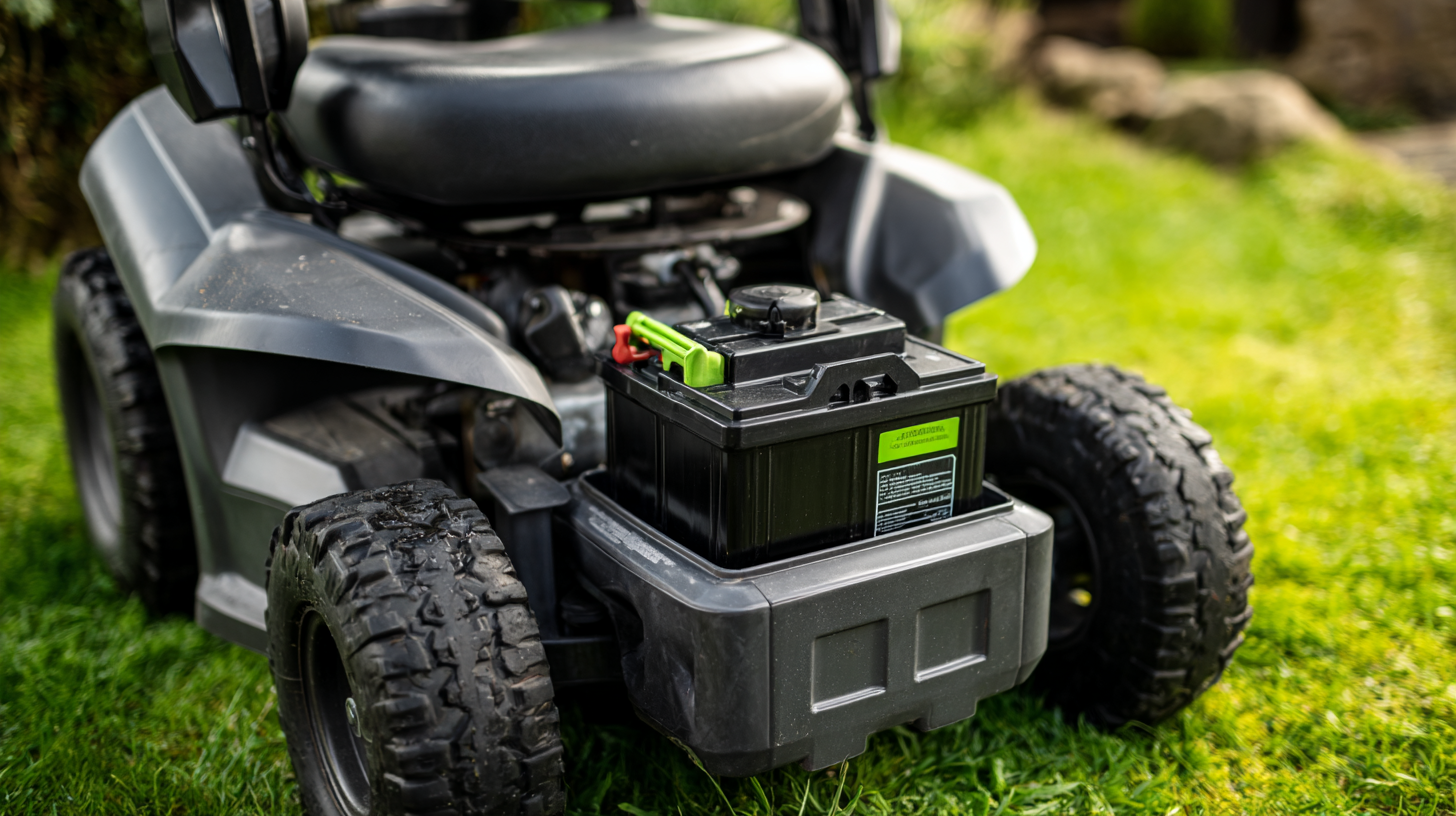
Prior to installation, ensure the new battery matches the specifications outlined in the tractor’s owner manual. According to the Outdoor Power Equipment Institute, batteries that fit poorly can cause vibration, leading to premature failure and reduced efficiency. Pay close attention to the terminals—connect the positive terminal first to reduce the risk of a short circuit. It is also crucial to secure all connections tightly and check for any signs of corrosion, which can impede the battery’s performance. Finally, consult the manufacturer’s guidelines for any specific operational requirements, and consider scheduling a professional inspection if you are uncertain about the process.
Related Posts
-

Understanding the Rise of Gel Batteries in Renewable Energy Storage Systems
-
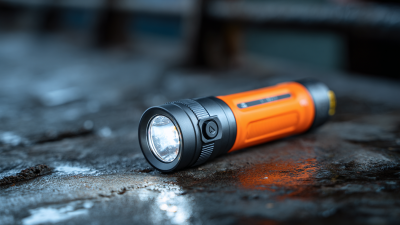
Emerging Trends in Emergency Light Battery Technology at the 138th Canton Fair 2025
-

The Future of Energy Storage Understanding the Science Behind Battery Packs
-

What are the Key Features of Lawn Mower Batteries You Should Know?
-
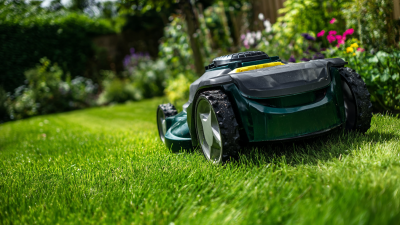
Revolutionizing Yard Care: How Lawn Batteries are Leading the Charge Towards Eco-Friendly Landscaping
-

Unveiling Battery Acid Innovations at the 2025 China Import and Export Fair
